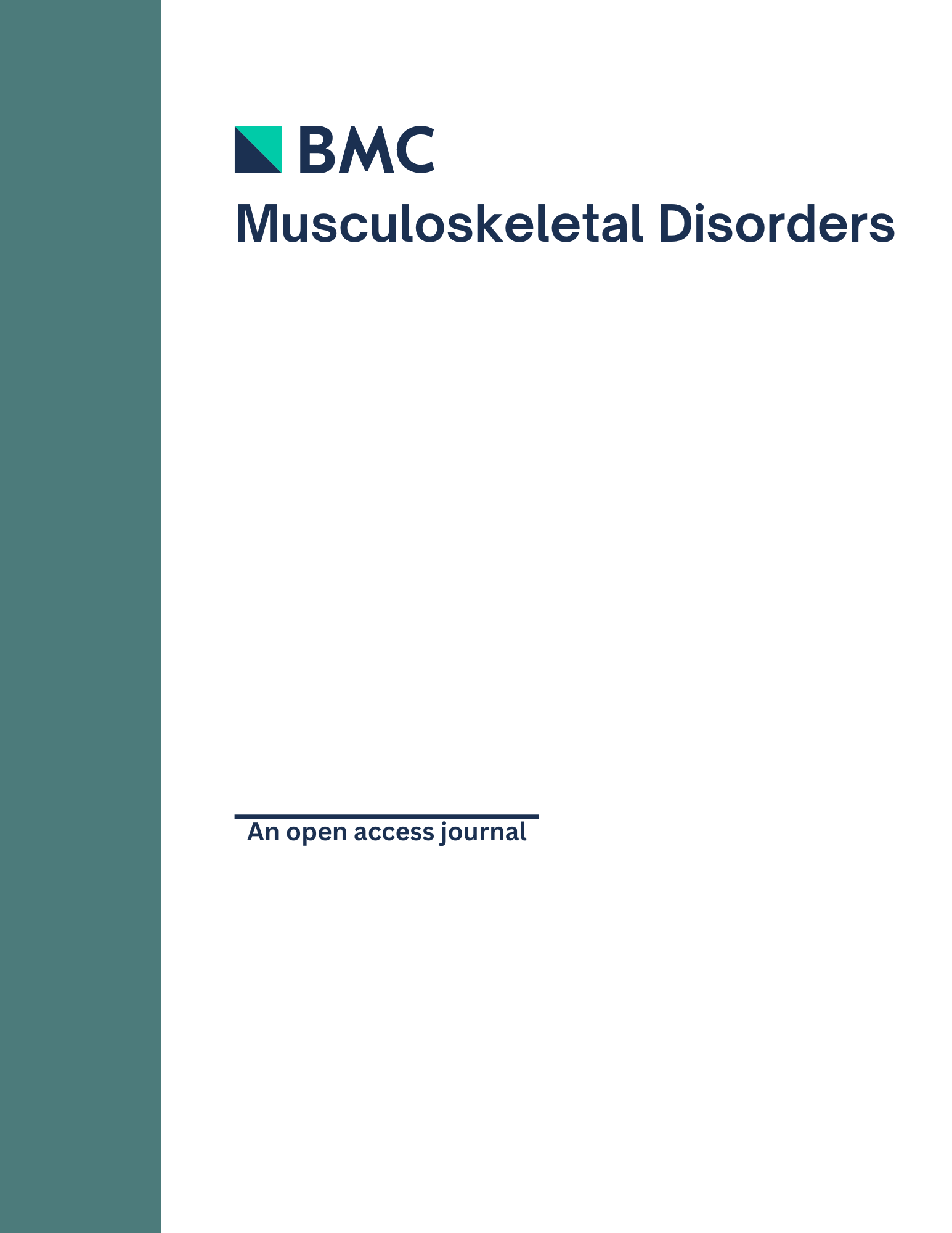
Long-term lumiracoxib treatment non-inferior to celecoxib in patients with osteoarthritis

Long-term lumiracoxib treatment non-inferior to celecoxib in patients with osteoarthritis
Long-term retention on treatment with lumiracoxib 100 mg once or twice daily compared with celecoxib 200 mg once daily: A randomised controlled trial in patients with osteoarthritis
BMC Musculoskelet Disord. 2008 Mar 7;9:32.Did you know you're eligible to earn 0.5 CME credits for reading this report? Click Here
Synopsis
320 patients (>40 yr of age) with osteoarthritis of the hip, knee, hand, or spine were randomized to receive 100 mg of lumiracoxib, once or twice daily, or celecoxib 200 mg, once daily, for 52 week period. The purpose of the study was to compare the long-term efficacy, safety and tolerability in this population. Lumiracoxib 100 mg, once daily dose, was found to be safe and effective and had similar long-term retention effects as celecoxib 200 mg in patients with osteoarthritis (OA); Lumiracoxib 100 mg, once daily dose was non-inferior to celecoxib 200 mg.
Was the allocation sequence adequately generated?
Was allocation adequately concealed?
Blinding Treatment Providers: Was knowledge of the allocated interventions adequately prevented?
Blinding Outcome Assessors: Was knowledge of the allocated interventions adequately prevented?
Blinding Patients: Was knowledge of the allocated interventions adequately prevented?
Was loss to follow-up (missing outcome data) infrequent?
Are reports of the study free of suggestion of selective outcome reporting?
Were outcomes objective, patient-important and assessed in a manner to limit bias (ie. duplicate assessors, Independent assessors)?
Was the sample size sufficiently large to assure a balance of prognosis and sufficiently large number of outcome events?
Was investigator expertise/experience with both treatment and control techniques likely the same (ie.were criteria for surgeon participation/expertise provided)?
Yes = 1
Uncertain = 0.5
Not Relevant = 0
No = 0
The Reporting Criteria Assessment evaluates the transparency with which authors report the methodological and trial characteristics of the trial within the publication. The assessment is divided into five categories which are presented below.
4/4
Randomization
4/4
Outcome Measurements
4/4
Inclusion / Exclusion
2/4
Therapy Description
4/4
Statistics
Detsky AS, Naylor CD, O'Rourke K, McGeer AJ, L'Abbé KA. J Clin Epidemiol. 1992;45:255-65
The Fragility Index is a tool that aids in the interpretation of significant findings, providing a measure of strength for a result. The Fragility Index represents the number of consecutive events that need to be added to a dichotomous outcome to make the finding no longer significant. A small number represents a weaker finding and a large number represents a stronger finding.
Why was this study needed now?
Osteoarthritis is a well-documented condition that is especially prevalent in older populations, associated with decreases in mobility and consequently, quality of life. Patients may pursue a wide variety of pharmacological treatments including analgesics, nonsteroidal anti-inflammatory drugs (NSAIDs), and selective cyclooxygenase inhibitors. However, the complications with extended use be serious. Lumiracoxib, elective cyclooxygenase inhibitor, has been cited to be efficacious, safe and tolerable, but the long-term have yet to be examined. This study compared the effects of lumiracoxib with those of celecoxib in patients with osteoarthritis.
What was the principal research question?
Is lumiracoxib superior to celecoxib in terms of OA pain in the target joint, patient's and physician's global assessments of disease activity, Short Arthritis Assessment Scale (SAS) total score, rescue medication use, safety, and tolerability, when assessed up to 1 year?
What were the important findings?
- Retention rates at 1 year for the lumiracoxib 100 mg o.d group were 46.9%, for the lumiracoxib 100 mg b.i.d group 47.5%, and for the celecoxib 200 mg o.d. group 45.3%. The retention on treatment with lumiracoxib (at either dose) was revealed to be non-inferior to celecoxib 200 mg o.d, with estimated differences of 0.02 (97.5% CI -0.04 to 0.07) for lumiracoxib 100 mg o.d and 0.02 (97.5% CI -0.03 to 0.07) for lumiracoxib 100 mg b.i.d.
- No between group differences were observed for improvement in OA pain intensity, the patient's global assessment of disease activity, and the physician's global assessment of disease activity.
- Overall incidence of adverse events was similar among the three groups; 72.6% in lumiracoxib 100 mg o.d.group, 71.0% in lumiracoxib 100 mg b.i.d. group and 69.4% in celecoxib 200 mg b.i.d group. Moreover, incidence of serious adverse events was comparable in groups; 5.4%, 4.7%, and 6.3%, respectively.
- Incidence of prespecified AEs, adjudicated GI, CV/cerebrovascular, liver events, AST/ALT >3 × ULN, and definite/probable APTC events were similar between groups.
What should I remember most?
Long-term efficacy and tolerability with lumiracoxib 100 mg o.d. was non-inferior to celecoxib 200 mg o.d. in patients with osteoarthritis when assessed up to 1 year.
How will this affect the care of my patients?
Although the results of this study indicated that all treatments were well tolerated and yielded similar results in most of the outcome measures (both primary and secondary outcome measures), lumiracoxib has actually been withdrawn from various markets starting 2007 due to its adverse effect profile. As such, these findings should be interpreted with great caution.
Learn about our AI Driven
High Impact Search Feature
Our AI driven High Impact metric calculates the impact an article will have by considering both the publishing journal and the content of the article itself. Built using the latest advances in natural language processing, OE High Impact predicts an article’s future number of citations better than impact factor alone.
Continue



 LOGIN
LOGIN

Join the Conversation
Please Login or Join to leave comments.